STEP 3: CHOOSING A WEAPON
‘We usually carried out the attacks with “dumb bombs”’
Once Lavender has marked a target for assassination, army personnel have verified that they are male, and tracking software has located the target in their home, the next stage is picking the munition with which to bomb them.
In December 2023, CNN reported that according to U.S. intelligence estimates, about 45 percent of the munitions used by the Israeli air force in Gaza were “dumb” bombs, which are known to cause more collateral damage than guided bombs. In response to the CNN report, an army spokesperson quoted in the article said: “As a military committed to international law and a moral code of conduct, we are devoting vast resources to minimizing harm to the civilians that Hamas has forced into the role of human shields. Our war is against Hamas, not against the people of Gaza.”
Three intelligence sources, however, told +972 and Local Call that junior operatives marked by Lavender were assassinated only with dumb bombs, in the interest of saving more expensive armaments. The implication, one source explained, was that the army would not strike a junior target if they lived in a high-rise building, because the army did not want to spend a more precise and expensive “floor bomb” (with more limited collateral effect) to kill him. But if a junior target lived in a building with only a few floors, the army was authorized to kill him and everyone in the building with a dumb bomb.
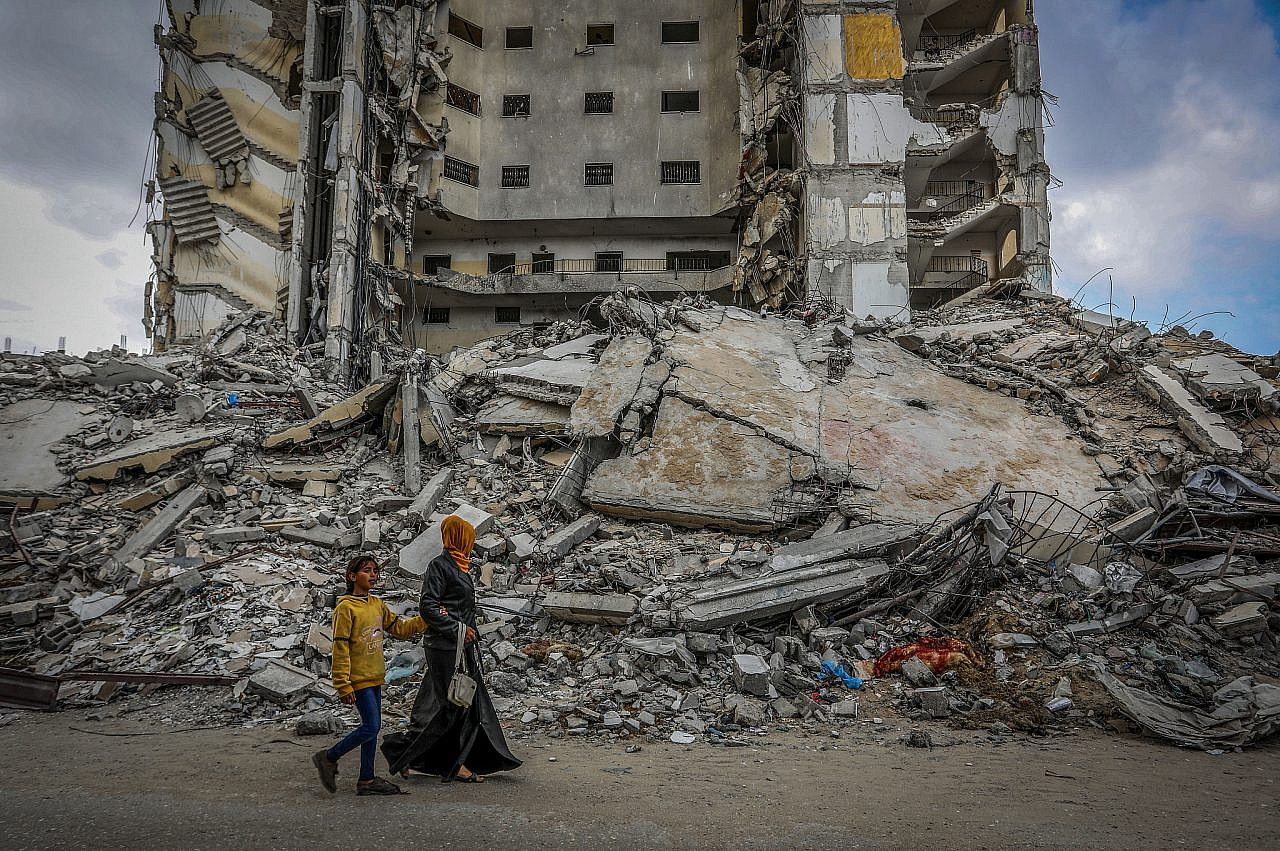
“It was like that with all the junior targets,” testified C., who used various automated programs in the current war. “The only question was, is it possible to attack the building in terms of collateral damage? Because we usually carried out the attacks with dumb bombs, and that meant literally destroying the whole house on top of its occupants. But even if an attack is averted, you don’t care — you immediately move on to the next target. Because of the system, the targets never end. You have another 36,000 waiting.”
STEP 4: AUTHORIZING CIVILIAN CASUALTIES
‘We attacked almost without considering collateral damage’
One source said that when attacking junior operatives, including those marked by AI systems like Lavender, the number of civilians they were allowed to kill alongside each target was fixed during the initial weeks of the war at up to 20. Another source claimed the fixed number was up to 15. These “collateral damage degrees,” as the military calls them, were applied broadly to all suspected junior militants, the sources said, regardless of their rank, military importance, and age, and with no specific case-by-case examination to weigh the military advantage of assassinating them against the expected harm to civilians.
According to A., who was an officer in a target operation room in the current war, the army’s international law department has never before given such “sweeping approval” for such a high collateral damage degree. “It’s not just that you can kill any person who is a Hamas soldier, which is clearly permitted and legitimate in terms of international law,” A. said. “But they directly tell you: ‘You are allowed to kill them along with many civilians.’
“Every person who wore a Hamas uniform in the past year or two could be bombed with 20 [civilians killed as] collateral damage, even without special permission,” A. continued. “In practice, the principle of proportionality did not exist.”
According to A., this was the policy for most of the time that he served. Only later did the military lower the collateral damage degree. “In this calculation, it could also be 20 children for a junior operative … It really wasn’t like that in the past,” A. explained. Asked about the security rationale behind this policy, A. replied: “Lethality.”
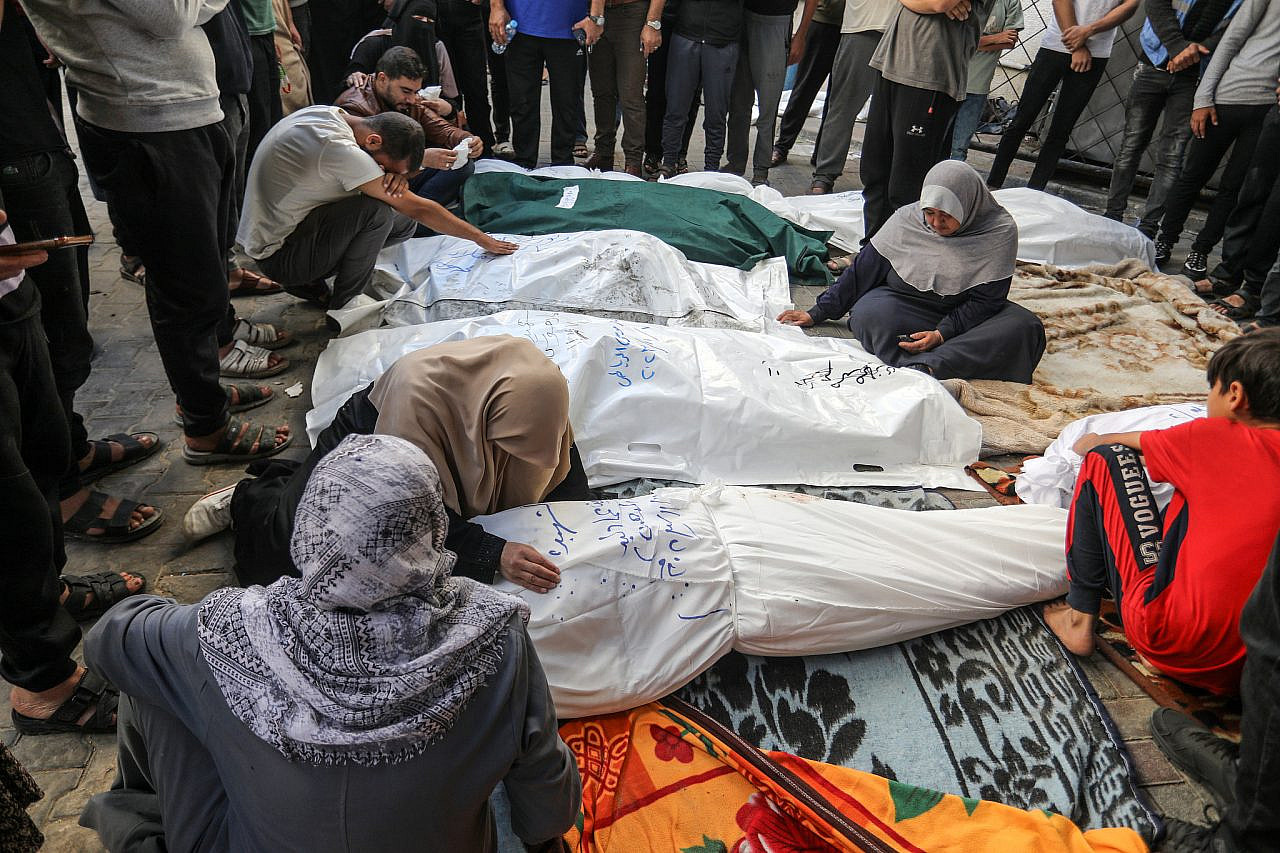
The predetermined and fixed collateral damage degree helped accelerate the mass creation of targets using the Lavender machine, sources said, because it saved time. B. claimed that the number of civilians they were permitted to kill in the first week of the war per suspected junior militant marked by AI was fifteen, but that this number “went up and down” over time.
“At first we attacked almost without considering collateral damage,” B. said of the first week after October 7. “In practice, you didn’t really count people [in each house that is bombed], because you couldn’t really tell if they’re at home or not. After a week, restrictions on collateral damage began. The number dropped [from 15] to five, which made it really difficult for us to attack, because if the whole family was home, we couldn’t bomb it. Then they raised the number again.”
‘We knew we would kill over 100 civilians’
Sources told +972 and Local Call that now, partly due to American pressure, the Israeli army is no longer mass-generating junior human targets for bombing in civilian homes. The fact that most homes in the Gaza Strip were already destroyed or damaged, and almost the entire population has been displaced, also impaired the army’s ability to rely on intelligence databases and automated house-locating programs.
E. claimed that the massive bombardment of junior militants took place only in the first week or two of the war, and then was stopped mainly so as not to waste bombs. “There is a munitions economy,” E. said. “They were always afraid that there would be [a war] in the northern arena [with Hezbollah in Lebanon]. They don’t attack these kinds of [junior] people at all anymore.”
However, airstrikes against senior ranking Hamas commanders are still ongoing, and sources said that for these attacks, the military is authorizing the killing of “hundreds” of civilians per target — an official policy for which there is no historical precedent in Israel, or even in recent U.S. military operations.
“In the bombing of the commander of the Shuja’iya Battalion, we knew that we would kill over 100 civilians,” B. recalled of a Dec. 2 bombing that the IDF Spokesperson said was aimed at assassinating Wisam Farhat. “For me, psychologically, it was unusual. Over 100 civilians — it crosses some red line.”
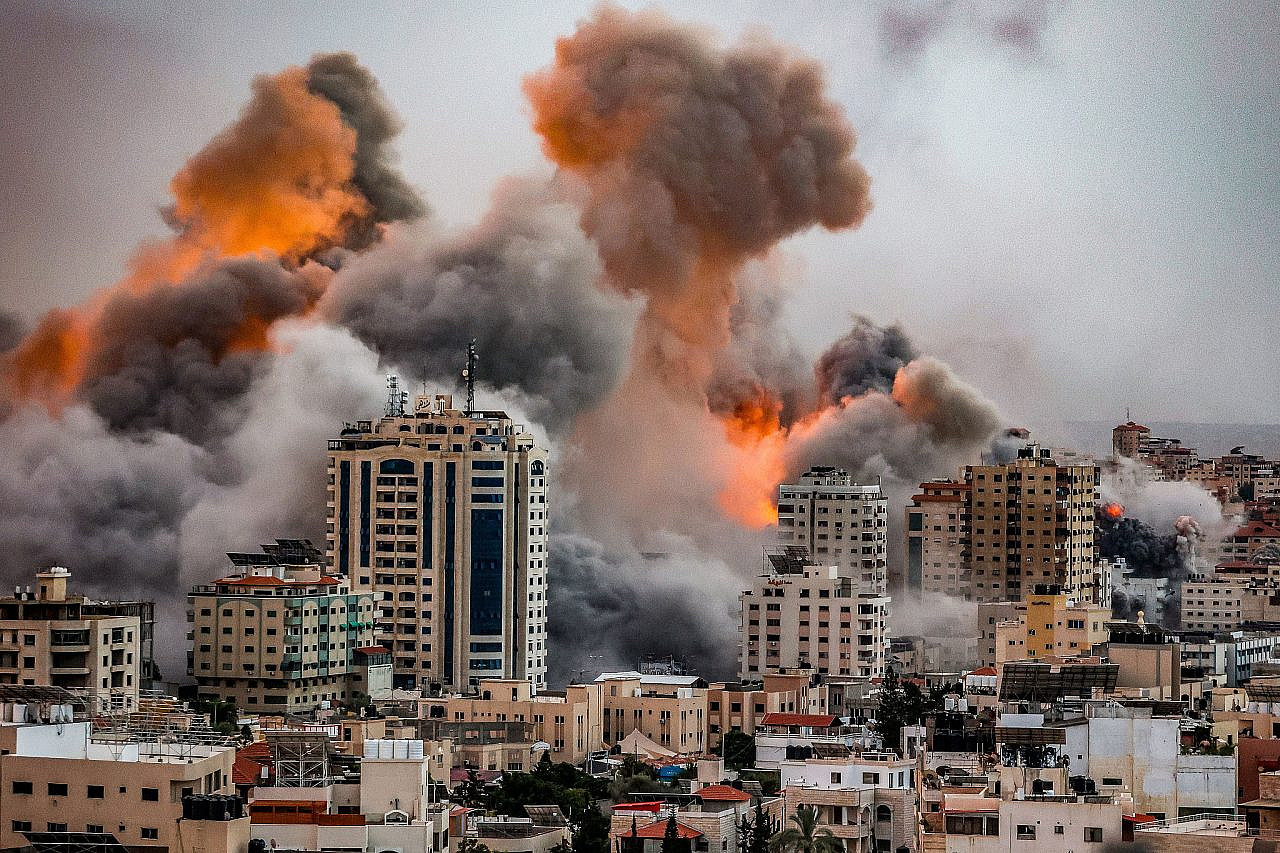
Amjad Al-Sheikh, a young Palestinian from Gaza, said many of his family members were killed in that bombing. A resident of Shuja’iya, east of Gaza City, he was at a local supermarket that day when he heard five blasts that shattered the glass windows.
“I ran to my family’s house, but there were no buildings there anymore,” Al-Sheikh told +972 and Local Call. “The street was filled with screams and smoke. Entire residential blocks turned to mountains of rubble and deep pits. People began to search in the cement, using their hands, and so did I, looking for signs of my family’s house.”
Al-Sheikh’s wife and baby daughter survived — protected from the rubble by a closet that fell on top of them — but he found 11 other members of his family, among them his sisters, brothers, and their young children, dead under the rubble. According to the human rights group B’Tselem, the bombing that day destroyed dozens of buildings, killed dozens of people, and buried hundreds under the ruins of their homes.
‘Entire families were killed’
Intelligence sources told +972 and Local Call they took part in even deadlier strikes. In order to assassinate Ayman Nofal, the commander of Hamas’ Central Gaza Brigade, a source said the army authorized the killing of approximately 300 civilians, destroying several buildings in airstrikes on Al-Bureij refugee camp on Oct. 17, based on an imprecise pinpointing of Nofal. Satellite footage and videos from the scene show the destruction of several large multi-storey apartment buildings.
“Between 16 to 18 houses were wiped out in the attack,” Amro Al-Khatib, a resident of the camp, told +972 and Local Call. “We couldn’t tell one apartment from the other — they all got mixed up in the rubble, and we found human body parts everywhere.”
In the aftermath, Al-Khatib recalled around 50 dead bodies being pulled out of the rubble, and around 200 people wounded, many of them gravely. But that was just the first day. The camp’s residents spent five days pulling the dead and injured out, he said.
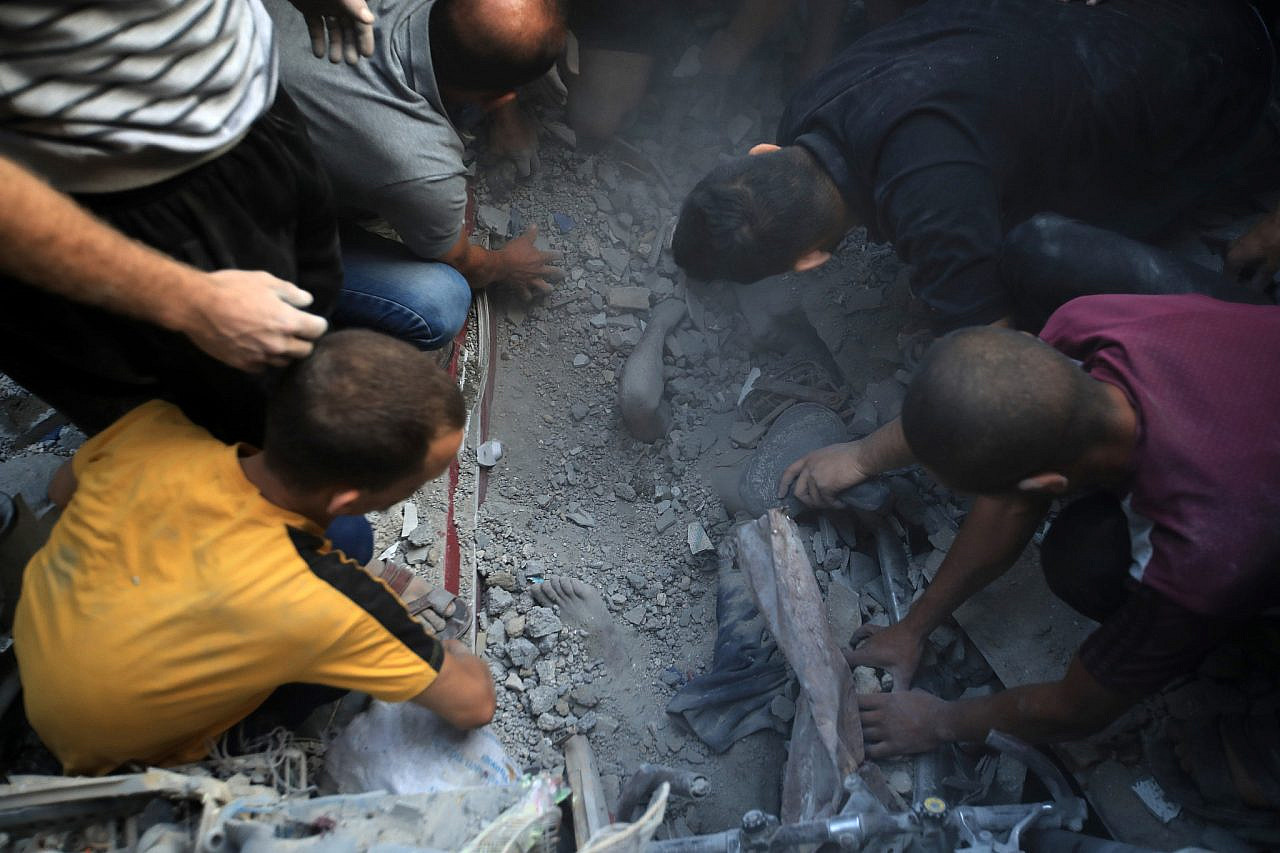
Nael Al-Bahisi, a paramedic, was one of the first on the scene. He counted between 50-70 casualties on that first day. “At a certain moment, we understood the target of the strike was Hamas commander Ayman Nofal,” he told +972 and Local Call. “They killed him, and also many people who didn’t know he was there. Entire families with children were killed.”
Another intelligence source told +972 and Local Call that the army destroyed a high-rise building in Rafah in mid-December, killing “dozens of civilians,” in order to try to kill Mohammed Shabaneh, the commander of Hamas’ Rafah Brigade (it is not clear whether or not he was killed in the attack). Often, the source said, the senior commanders hide in tunnels that pass under civilian buildings, and therefore the choice to assassinate them with an airstrike necessarily kills civilians.
“Most of those injured were children,” said Wael Al-Sir, 55, who witnessed the large-scale strike believed by some Gazans to have been the assassination attempt. He told +972 and Local Call that the bombing on Dec. 20 destroyed an “entire residential block” and killed at least 10 children.
“There was a completely permissive policy regarding the casualties of [bombing] operations — so permissive that in my opinion it had an element of revenge,” D., an intelligence source, claimed. “The core of this was the assassinations of senior [Hamas and PIJ commanders] for whom they were willing to kill hundreds of civilians. We had a calculation: how many for a brigade commander, how many for a battalion commander, and so on.”
“There were regulations, but they were just very lenient,” said E., another intelligence source. “We’ve killed people with collateral damage in the high double-digits, if not low triple-digits. These are things that haven’t happened before.”
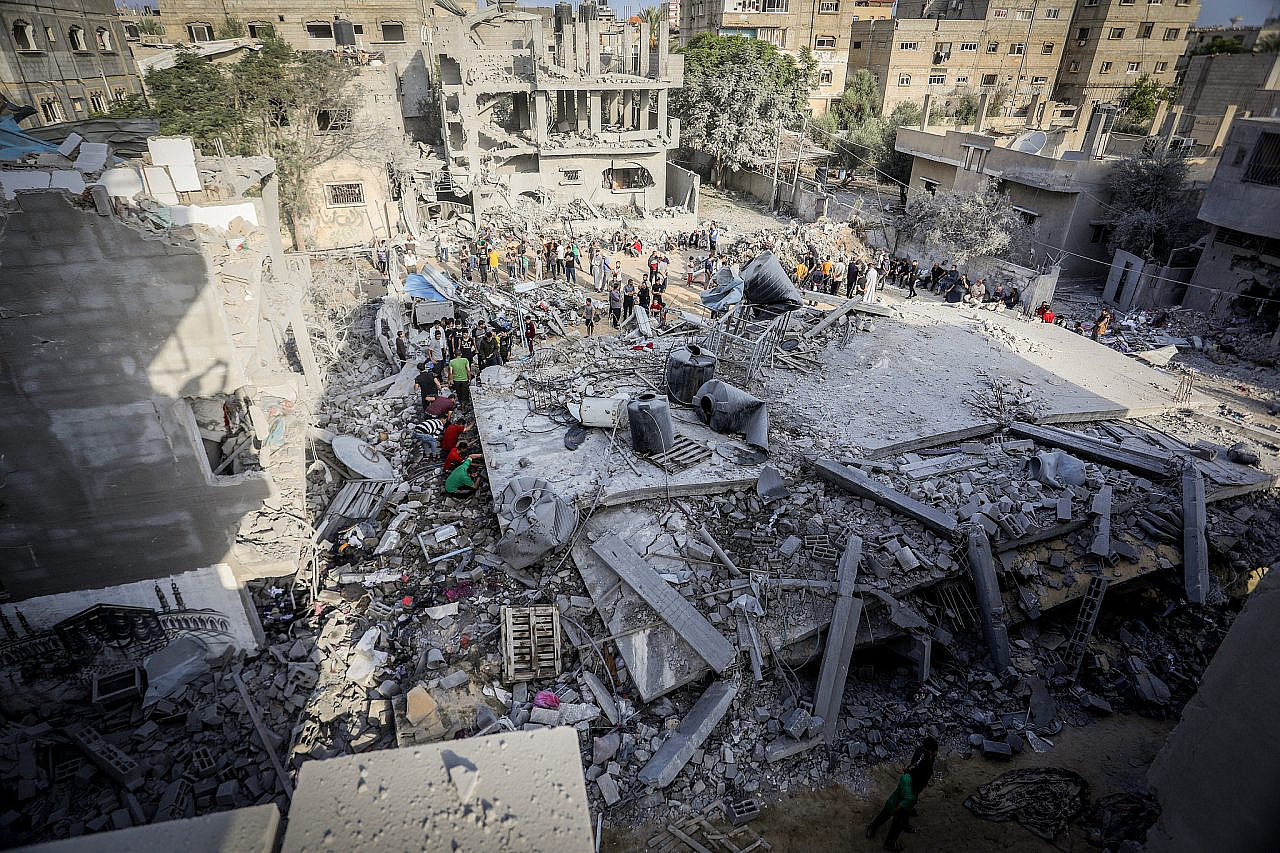
Such a high rate of “collateral damage” is exceptional not only compared to what the Israeli army previously deemed acceptable, but also compared to the wars waged by the United States in Iraq, Syria, and Afghanistan.
General Peter Gersten, Deputy Commander for Operations and Intelligence in the operation to fight ISIS in Iraq and Syria, told a U.S. defense magazine in 2021 that an attack with collateral damage of 15 civilians deviated from procedure; to carry it out, he had to obtain special permission from the head of the U.S. Central Command, General Lloyd Austin, who is now Secretary of Defense.
“With Osama Bin Laden, you’d have an NCV [Non-combatant Casualty Value] of 30, but if you had a low-level commander, his NCV was typically zero,” Gersten said. “We ran zero for the longest time.”
‘We were told: “Whatever you can, bomb”’
All the sources interviewed for this investigation said that Hamas’ massacres on October 7 and kidnapping of hostages greatly influenced the army’s fire policy and collateral damage degrees. “At first, the atmosphere was painful and vindictive,” said B., who was drafted into the army immediately after October 7, and served in a target operation room. “The rules were very lenient. They took down four buildings when they knew the target was in one of them. It was crazy.
“There was a dissonance: on the one hand, people here were frustrated that we were not attacking enough,” B. continued. “On the other hand, you see at the end of the day that another thousand Gazans have died, most of them civilians.”
“There was hysteria in the professional ranks,” said D., who was also drafted immediately after October 7. “They had no idea how to react at all. The only thing they knew to do was to just start bombing like madmen to try to dismantle Hamas’ capabilities.”

D. stressed that they were not explicitly told that the army’s goal was “revenge,” but expressed that “as soon as every target connected to Hamas becomes legitimate, and with almost any collateral damage being approved, it is clear to you that thousands of people are going to be killed. Even if officially every target is connected to Hamas, when the policy is so permissive, it loses all meaning.”
A. also used the word “revenge” to describe the atmosphere inside the army after October 7. “No one thought about what to do afterward, when the war is over, or how it will be possible to live in Gaza and what they will do with it,” A. said. “We were told: now we have to fuck up Hamas, no matter what the cost. Whatever you can, you bomb.”
B., the senior intelligence source, said that in retrospect, he believes this “disproportionate” policy of killing Palestinians in Gaza also endangers Israelis, and that this was one of the reasons he decided to be interviewed.
“In the short term, we are safer, because we hurt Hamas. But I think we’re less secure in the long run. I see how all the bereaved families in Gaza — which is nearly everyone — will raise the motivation for [people to join] Hamas 10 years down the line. And it will be much easier for [Hamas] to recruit them.”
In a statement to +972 and Local
Call, the Israeli army denied much of what the sources told us, claiming
that “each target is examined individually, while an individual
assessment is made of the military advantage and collateral damage
expected from the attack … The IDF does not carry out attacks when the
collateral damage expected from the attack is excessive in relation to
the military advantage.” ...continue

No comments:
Post a Comment